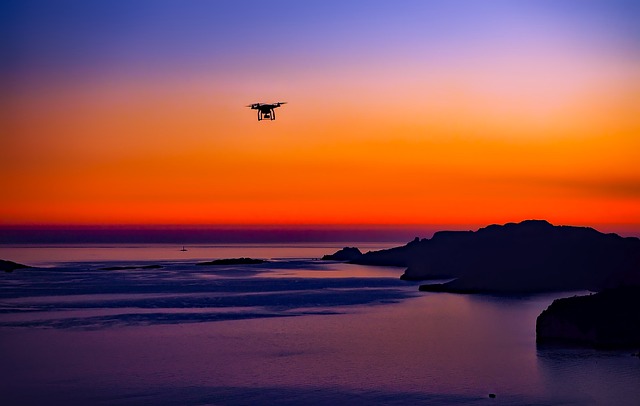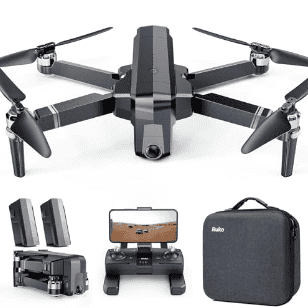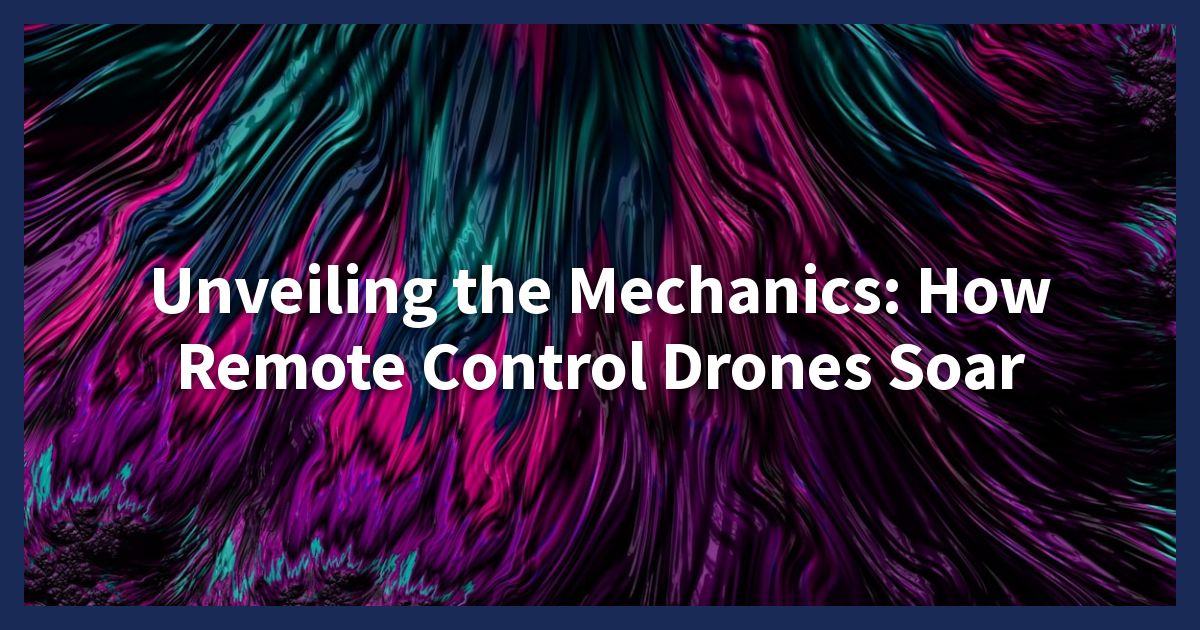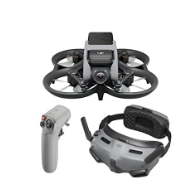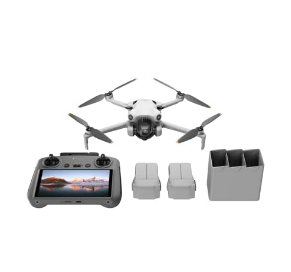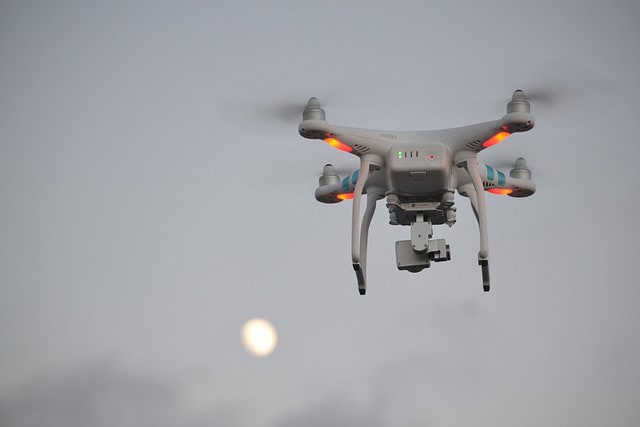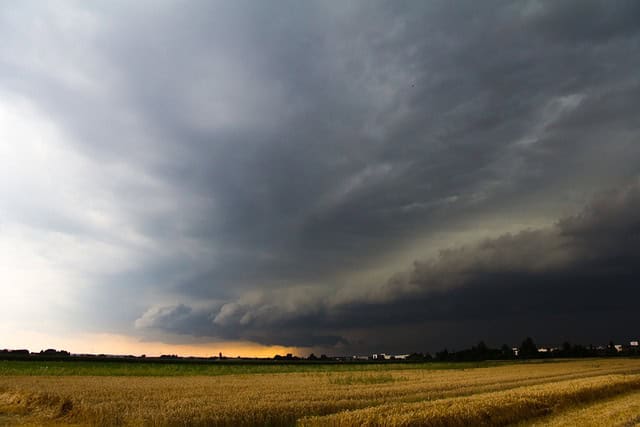Rules And Regulations For Drones
Drones, also known as unmanned aerial vehicles (UAVs), have become increasingly popular for recreational and commercial purposes. However, with this rise in drone usage comes the need for clear rules and regulations to ensure safety and privacy for everyone involved. Understanding the guidelines for operating drones is essential to prevent accidents and legal issues. Let’s dive into the rules and regulations you need to know when it comes to flying drones.
Importance of Following Rules
Before taking off with your drone, it’s crucial to understand why rules and regulations exist. Just like traffic laws keep roads safe, drone regulations aim to prevent accidents, protect privacy, and maintain airspace order. Adhering to these rules not only ensures your own safety but also promotes responsible drone operation within the community.
Federal Aviation Administration (FAA) Regulations
The Federal Aviation Administration (FAA) in the United States sets guidelines for drone operation to ensure airspace safety. Some key FAA regulations include registering your drone if it weighs over 0.55 pounds, flying below 400 feet above ground level, and avoiding flying near airports or emergency response efforts. Violating FAA regulations can lead to severe penalties, so compliance is essential.
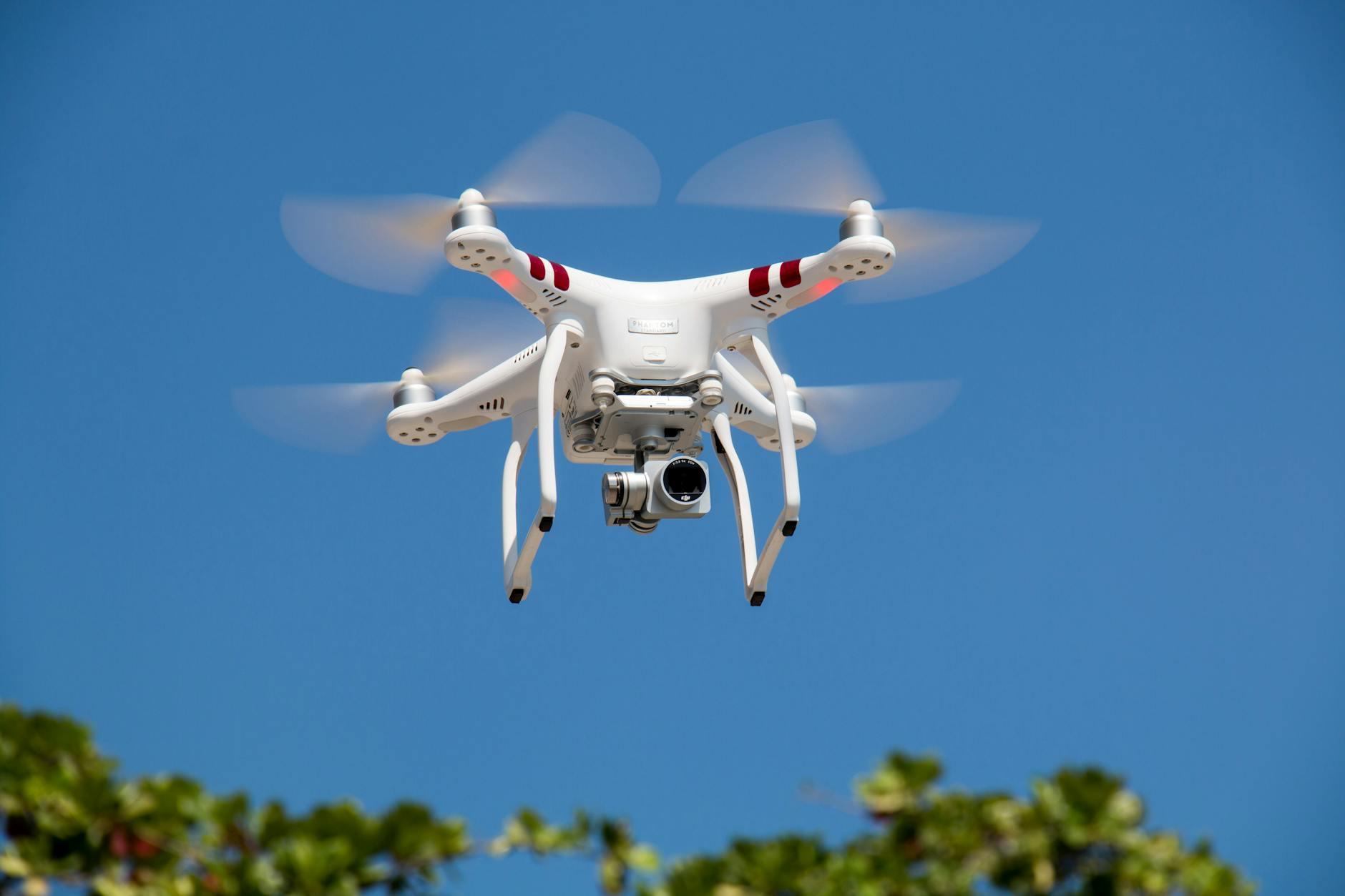 Photo by Inmortal Producciones
Photo by Inmortal Producciones
Local Regulations
In addition to federal regulations, it’s crucial to be aware of local laws regarding drone operation. Some cities and states may have specific restrictions on where drones can be flown, especially in sensitive areas like parks, government buildings, or wildlife reserves. Always research and follow local ordinances to avoid legal consequences.
Privacy and Data Protection
Respecting privacy is paramount when flying drones. Avoid capturing images or videos of individuals without their consent, especially in private spaces. Be mindful of people’s privacy rights and refrain from infringing on personal boundaries. Understanding privacy laws and regulations will help you navigate drone operation ethically.
Safe Flying Practices
Apart from regulatory requirements, adopting safe flying practices is vital for a smooth drone operation experience. This includes maintaining visual line of sight with your drone, avoiding crowded areas, and conducting pre-flight checks to ensure your equipment is in working order. Prioritizing safety not only protects those around you but also prolongs the lifespan of your drone.
Conclusion
Navigating the rules and regulations for drones is essential for all drone pilots, whether recreational or professional. By staying informed about FAA guidelines, local regulations, privacy considerations, and safety practices, you can enjoy flying your drone responsibly while respecting the airspace and privacy of others. Remember, following the rules not only keeps you out of trouble but also contributes to a positive drone community for enthusiasts to thrive in. Fly high with knowledge and responsibility!

